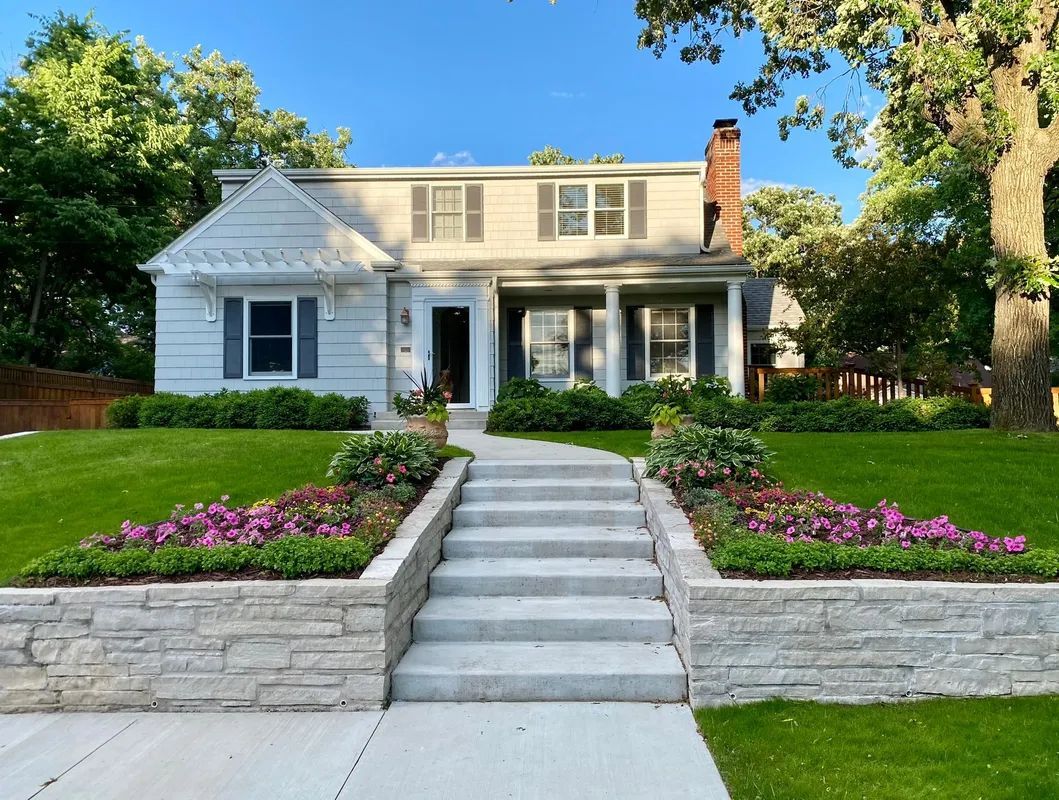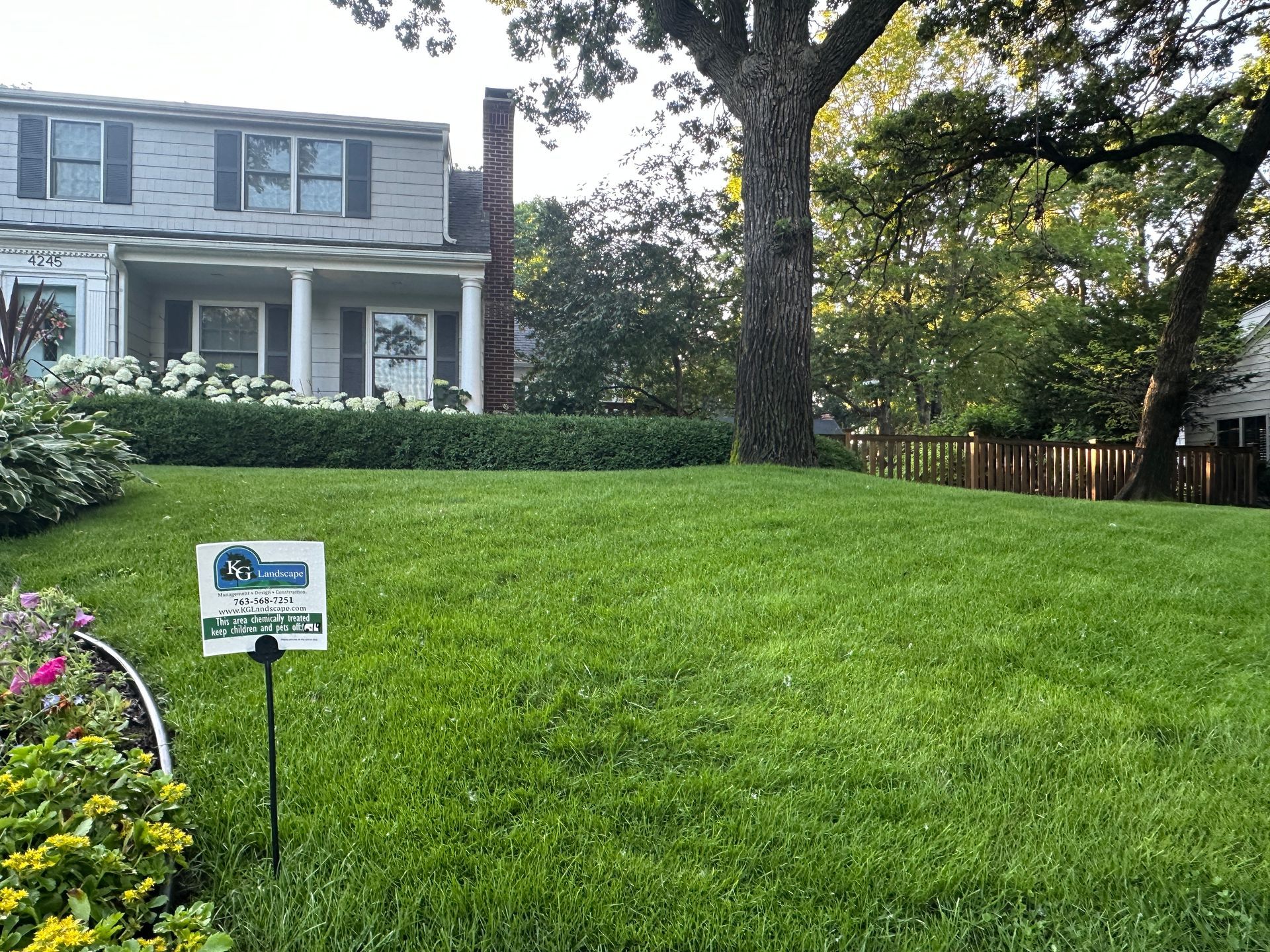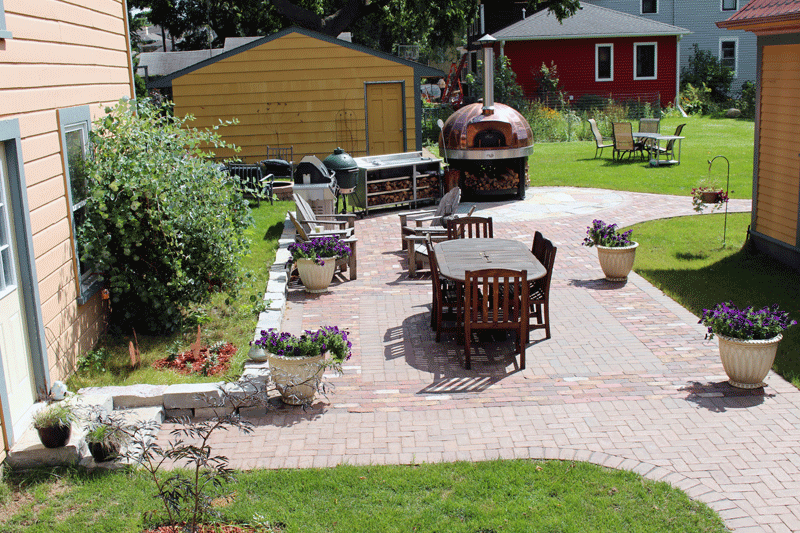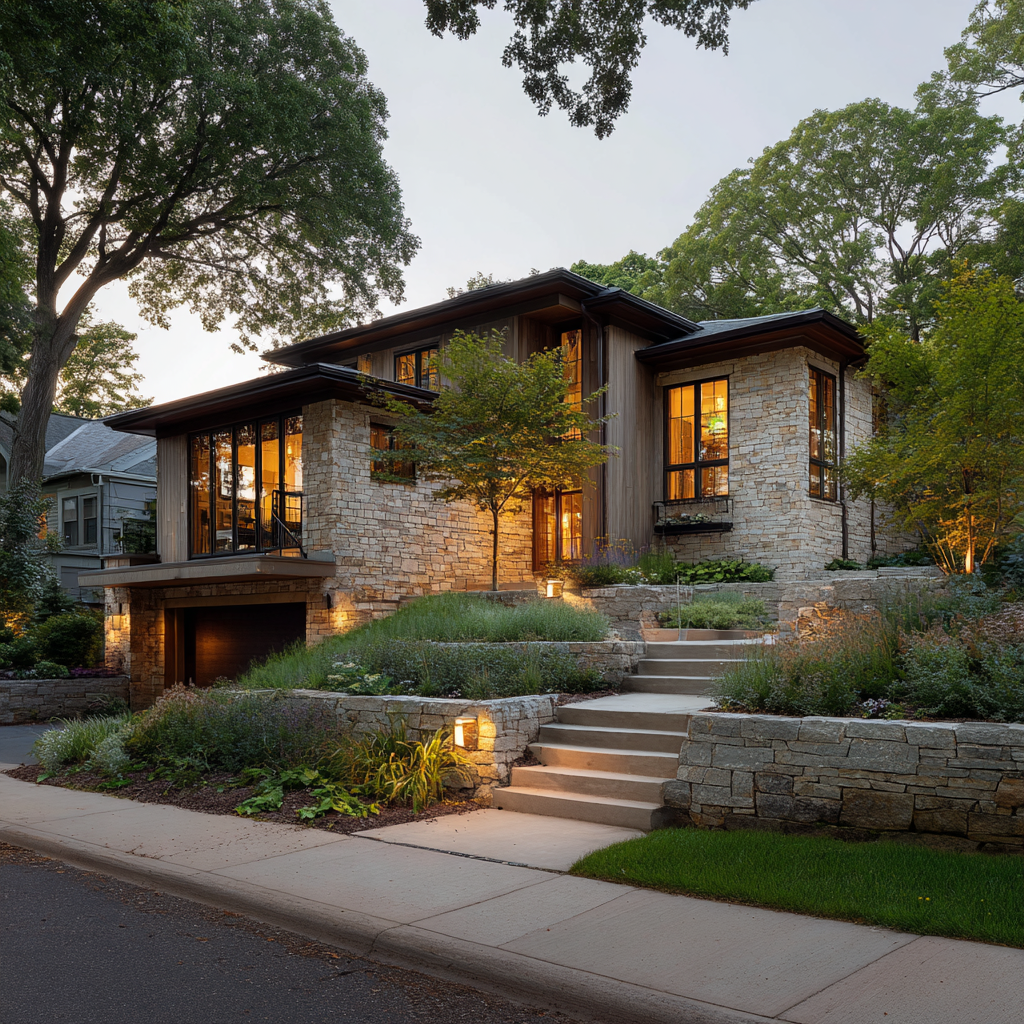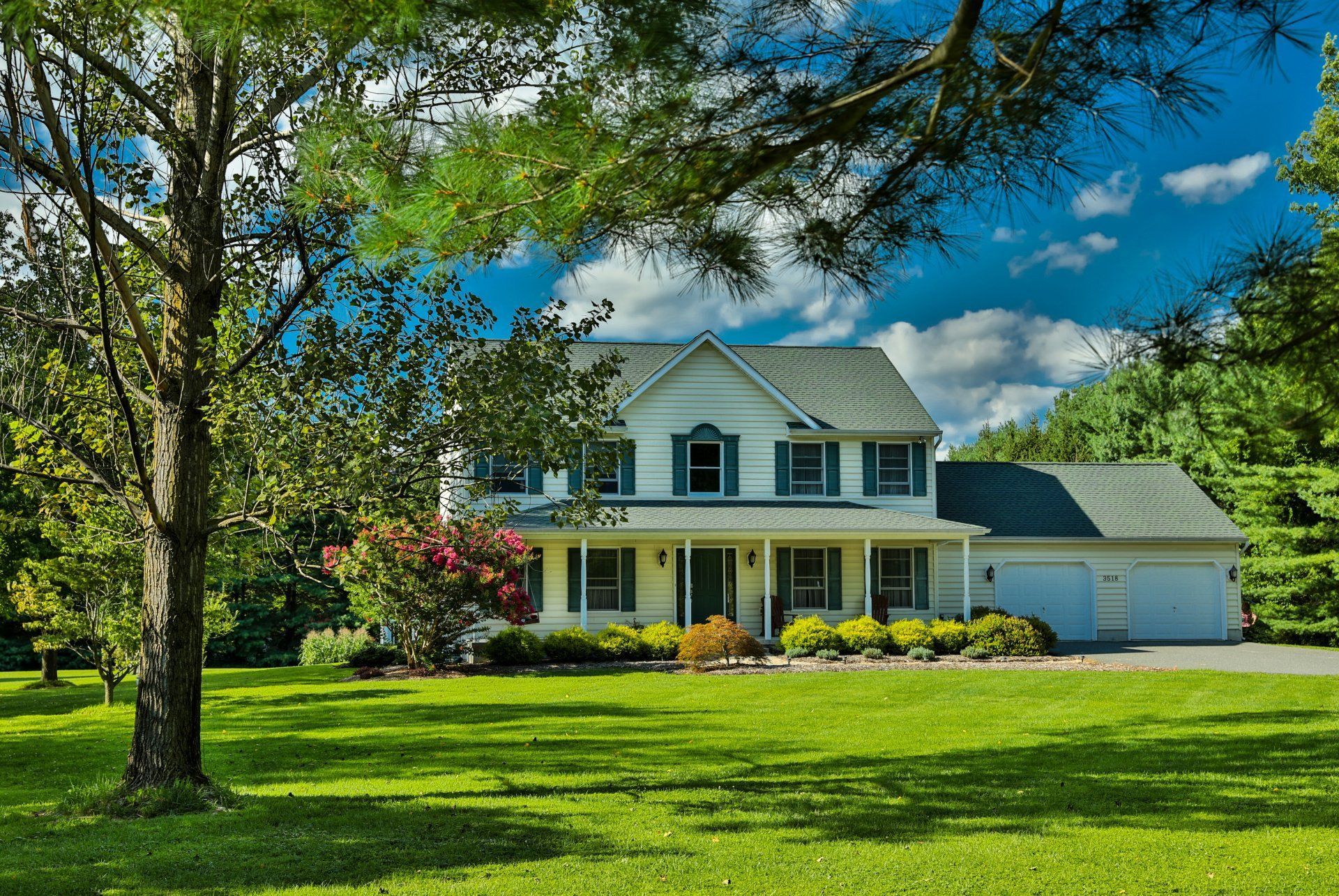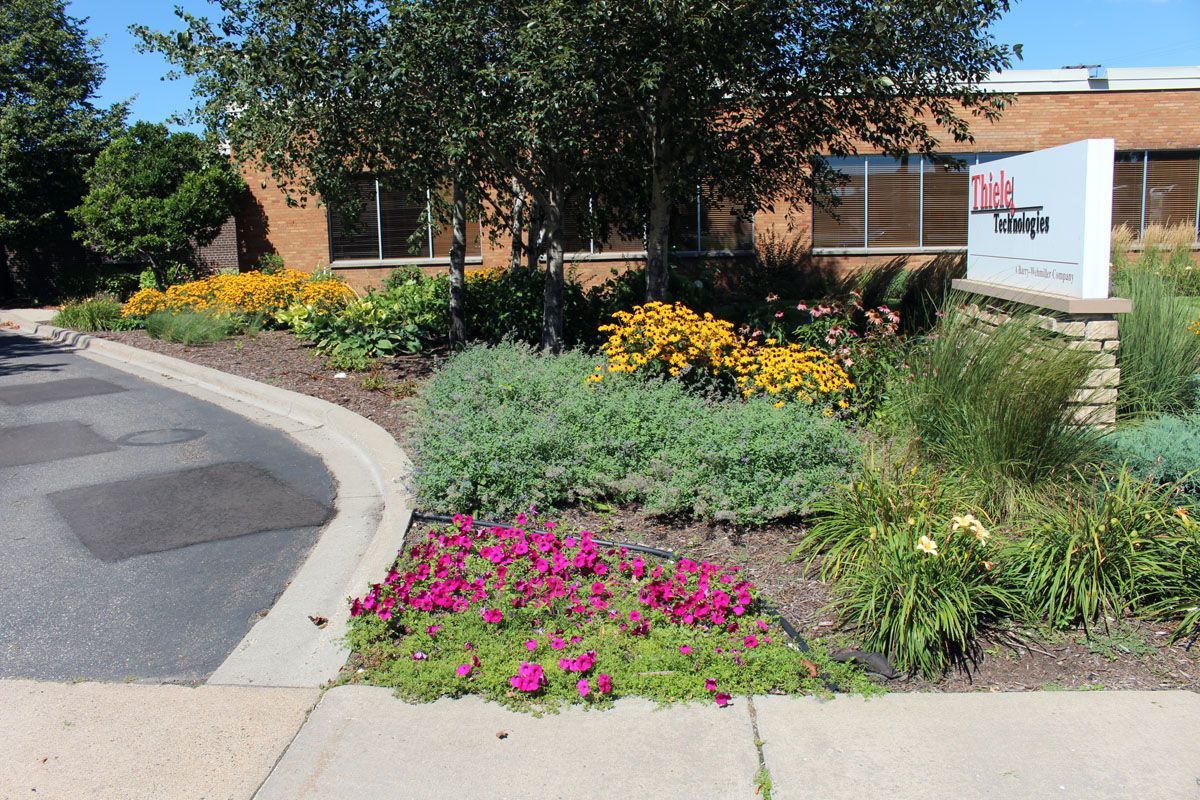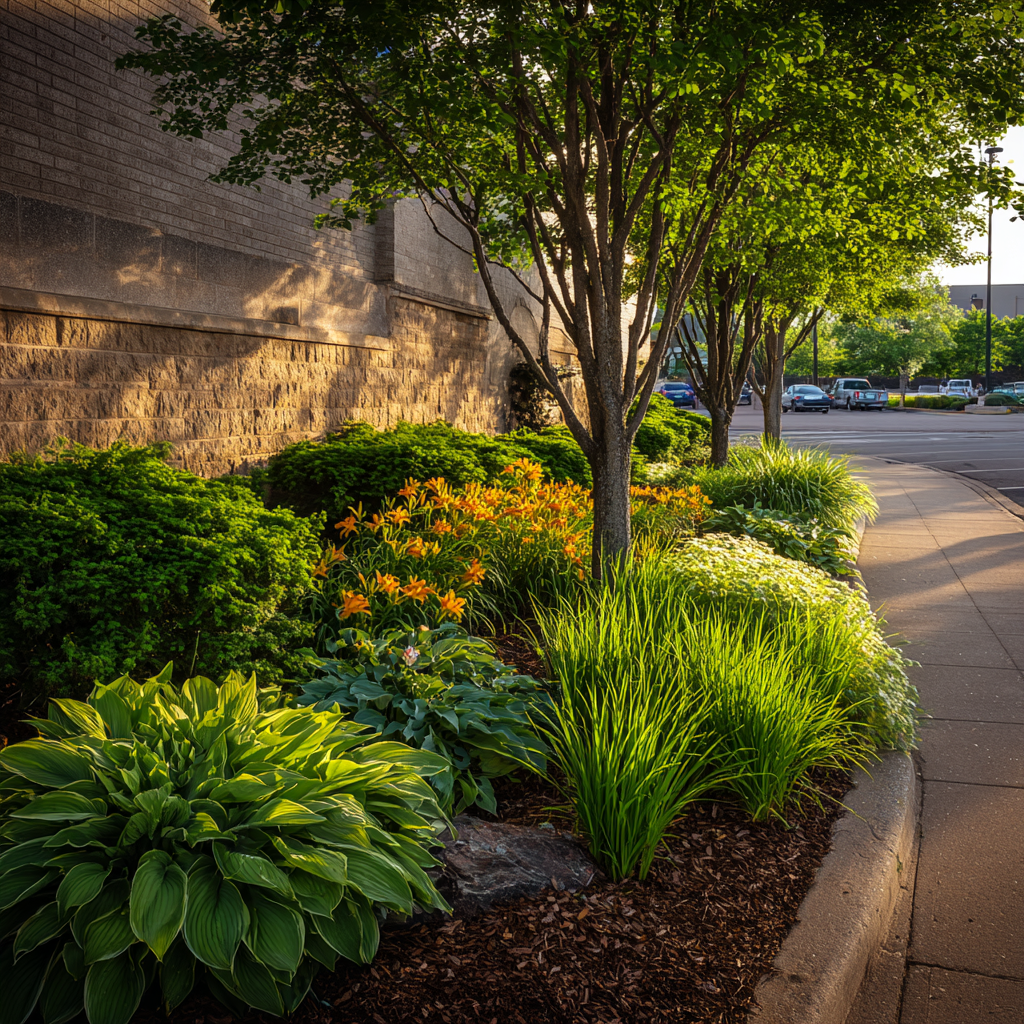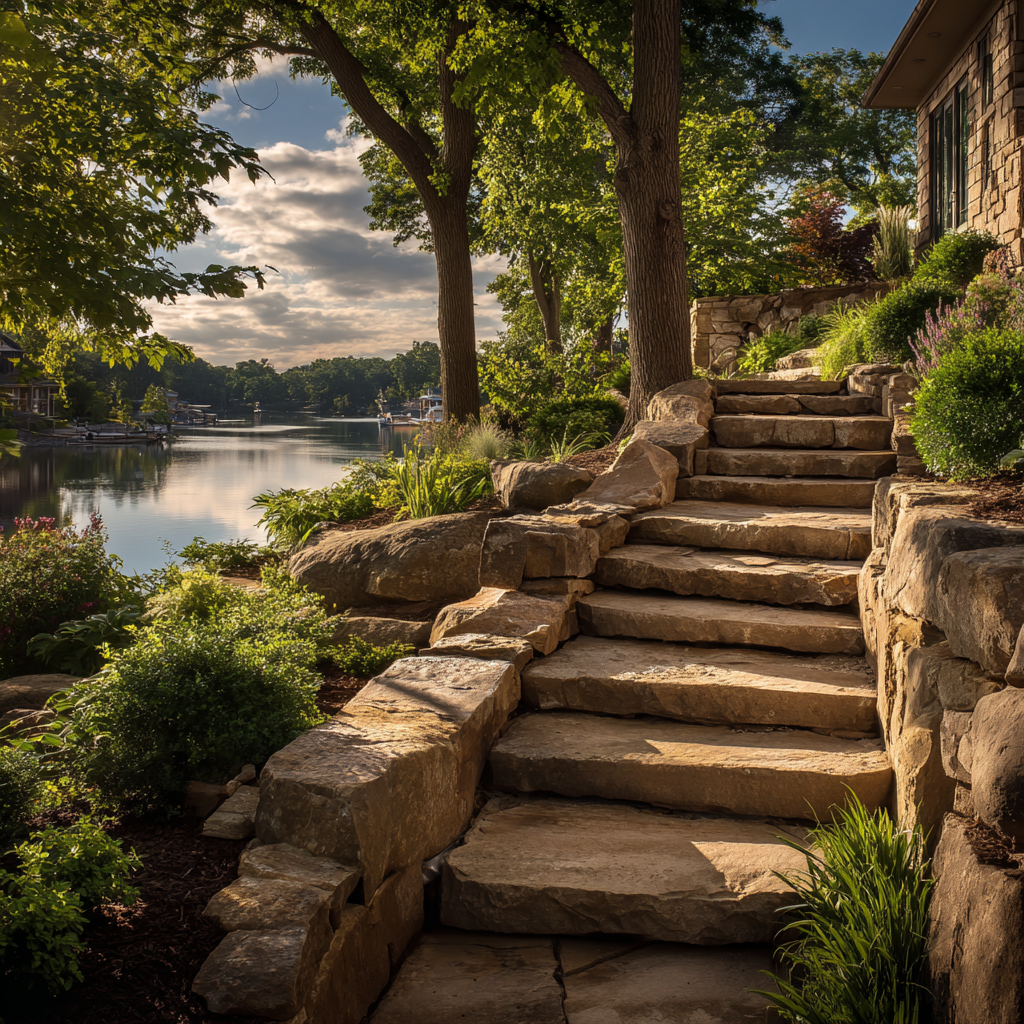Essential Elements of A Well-Designed Landscape
Does your outdoor space lack that eye-catching appeal? A well-designed landscape revolves around five key elements: line, form, texture, color, and scale. This blog post will guide you through the essentials of effective landscape design to help transform your garden into a serene haven.
Are you ready to unlock the full potential of your outdoor living area?
Key Takeaways
- The five essential elements of a well - designed landscape are line, form, color, texture, and scale.
- Incorporating symmetry and balance in landscape design creates harmony and visual appeal.
- Water features add tranquility, beauty, movement, and depth to any outdoor space.
The Five Essential Elements Of A Well-Designed
Landscape
Line, form, color, texture, and scale are the five essential elements that make up a well-designed landscape.
Line
Integrating lines into landscape design forms the backbone of any vibrant, eye-catching exterior space. As one of the five essential elements in a well-designed landscape, they can be vertical, horizontal or curvilinear, defining movement and guiding our gaze throughout an area.
This critical aspect is prominently influenced by features such as trees, shrubs and groundcover height within a landscape arrangement. These strategically placed elements create a sense of flow and direction around beds and paths.
Not merely functional but also aesthetic, effective use of line in your landscape design results in organization while drawing attention to particular areas you wish to emphasize; creating aesthetically pleasing landscapes that truly stand out.
Form
Form, as one of the five essential elements in a well-designed landscape, dramatically influences our perception. It's all about giving structure to space with specific shapes and silhouettes that help define an area or feature. Be it plants or hardscape features; form brings a sense of organization and harmony.
Delving deeper into plant forms, we encounter various shapes such as upright, round, groundcover, and freeform among others. These different forms offer an incredible range of possibilities for creating unique landscapes.
Utilizing these diverse forms also aids in defining design scale and proportion - two critical aspects when planning a landscape layout that feels balanced and cohesive. Understanding the principles of form hence becomes crucial for effective arrangement within your outdoor spaces.
Color
Imbuing lively hues into your landscape boosts its visual impact significantly. Color, a paramount ingredient in the five essential elements of well-designed landscapes, plays a weighty role in triggering emotions and guiding the eye through various sections of your garden.
It’s no surprise that color theory often underpins strategic plant selection as effective use of color in plant design can accentuate garden aesthetics while producing captivating plant combinations.
However, it's important to note that decision on colors is not an initial step but rather a culmination point in the process of landscape designing; once aspects like functional needs, activity areas, use spaces, and circulation patterns are settled. Leaning towards warm palettes featuring reds, oranges and yellows infuses a sense of warmth into your space capturing attention effortlessly. Therefore mastering these landscapes' symphony of colors will help you establish visually appealing balances within your garden planning endeavors.
Texture
Texture is an essential element of a well-designed landscape, alongside line, form, color, and scale. When we talk about texture in landscaping, we're referring to the coarseness or fineness, roughness or smoothness, and heaviness or lightness of plants.
It can be found in different parts of a plant like leaves, flowers, and bark. By combining various textures together in a landscape design, we create dynamism and visual interest. Incorporating different textures adds depth to the overall look and feel of your outdoor space.
So when planning your landscape design project, remember to consider the texture of plants as it plays an important role in creating visual appeal.
Scale
Scale is a crucial element in creating a well-designed landscape. It refers to the size of the different elements within the landscape and how they relate to each other and their surroundings.
When considering scale, there are two factors to keep in mind: the size of the elements themselves, such as trees, shrubs, or structures, and their relationship to the surrounding spaces. Getting the scale right is essential because it helps achieve balance and harmony in your design.
The choices you make regarding scale can greatly impact the overall aesthetic and success of your landscape. By carefully selecting sizes that complement each other and fit harmoniously with their surroundings, you can create a visually pleasing and inviting outdoor space for everyone to enjoy.

The Importance Of Symmetry & Balance In Landscape Design
Symmetry and balance play a crucial role in landscape design, creating a sense of harmony and visual appeal. Focusing on symmetry helps establish order and proportion while incorporating balanced elements ensures that no single feature dominates the space.
Creating A Sense Of Harmony
A well-designed landscape is all about creating a sense of harmony. When all the elements come together in perfect balance, it creates a visually appealing and inviting space. The key to achieving this harmony lies in the principles of symmetry and balance.
By incorporating these design principles, we can create a landscape that not only looks beautiful but also feels comfortable and harmonious. Achieving visual harmony involves careful consideration of proportion, order, repetition, and unity in our design composition.
With skillful manipulation of these design elements, we can create a symphony of visual appeal that brings tranquility to any outdoor space.
Incorporating Focal Points
Focal points are an essential element in landscape design that can truly enhance the outdoor experience. By strategically incorporating attention-grabbing elements, such as a beautiful fountain or a well-placed sculpture, you create a sense of visual impact and draw people's attention to specific areas of your landscape.
Focal points not only add interest and beauty but also help to create a harmonious balance within the overall design. Whether it's a symmetrical arrangement that creates a clear focal point or an asymmetrical design that softens the focus, integrating focal points into your landscape ensures that every corner is visually appealing and captivating. So, when planning your landscape, don't forget the importance of incorporating these eye-catching features!
Balancing Different Elements
Balancing different elements is a crucial aspect of landscape design. It involves achieving harmony and visual equilibrium by carefully arranging various components in a way that feels natural and pleasing to the eye.
Whether it's balancing colors, textures, or sizes, finding the right combination can make all the difference in creating a well-designed landscape. By skillfully manipulating these elements, landscapers ensure that no single feature overwhelms the others, allowing each element to contribute to the overall composition.
Achieving balance not only enhances aesthetics but also creates a sense of unity and coherence throughout the entire landscape design. So whether you're considering incorporating an eye-catching focal point or playing with contrasting color schemes, always keep balance in mind for a visually striking and harmonious outdoor space.
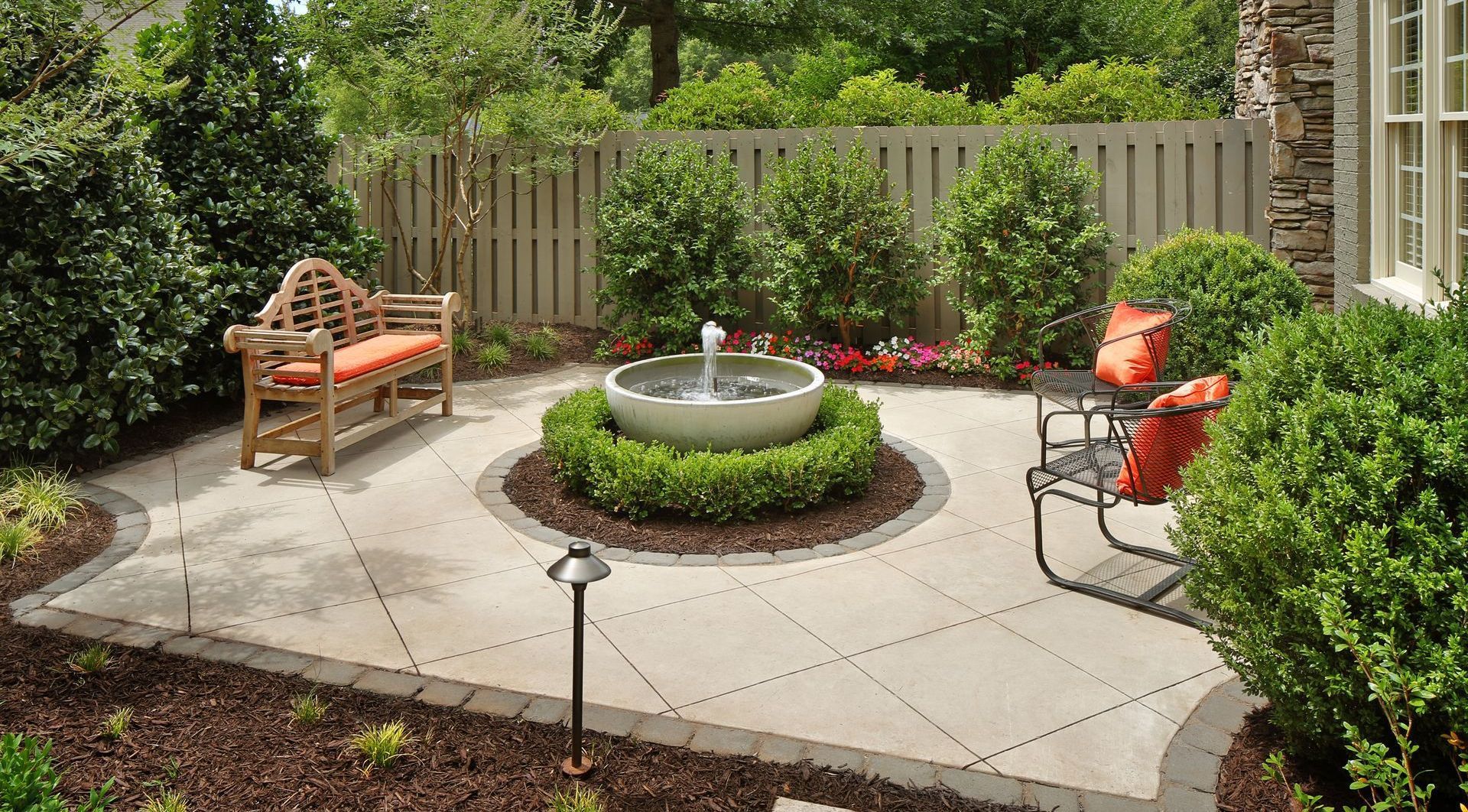
Integrating Water Features In Landscape Design
Water features play a crucial role in landscape design, as they add a touch of tranquility and beauty to any outdoor space. Whether it's a serene pond, a cascading waterfall, or a simple reflecting pool, integrating water features can elevate the overall aesthetic appeal of your landscape.
One of the main advantages of incorporating water features into your landscaping is the sense of relaxation they provide. The soothing sounds of flowing water create a peaceful atmosphere that can help relieve stress and promote calmness.
Additionally, water adds an element of movement and liveliness to the environment, making your outdoor space more inviting.
Did you know that water also brings coolness and moisture to your landscape?
Water features like fountains or streams offer relief on hot summer days by providing natural evaporative cooling.
Moreover, the sparkle and lightness that water brings can enhance visual interest within your garden.
Furthermore, integrating aquatic plants and animals in your water feature adds depth to its design. From vibrant koi fish swimming gracefully in a pond to colorful lily pads floating delicately on the surface, these elements bring life and harmony to your landscape.
Whether you have a large backyard or limited space for landscaping, there are various types of water features available for every need. From grandiose cascades to small tabletop fountains, there's something for every style preference and budget.
Conclusion
In conclusion, a well-designed landscape incorporates essential elements such as line, form, color, texture, and scale. These design elements work together to create a visually appealing and harmonious outdoor space. Additionally, symmetry and balance play an important role in landscape design by creating a sense of unity and order.
By integrating water features and considering factors like proportion and composition, you can achieve a truly stunning landscape that enhances your home's aesthetic appeal.
So start incorporating these key components into your landscape design for a functional and beautiful outdoor space.

